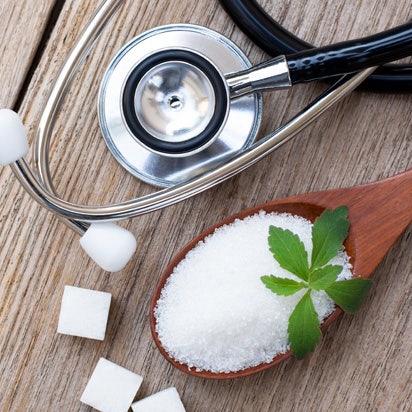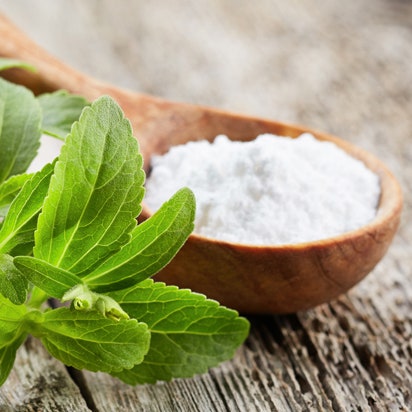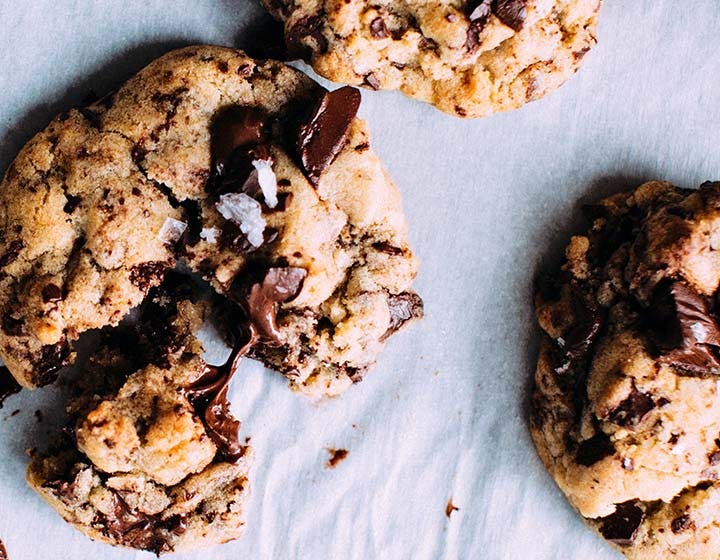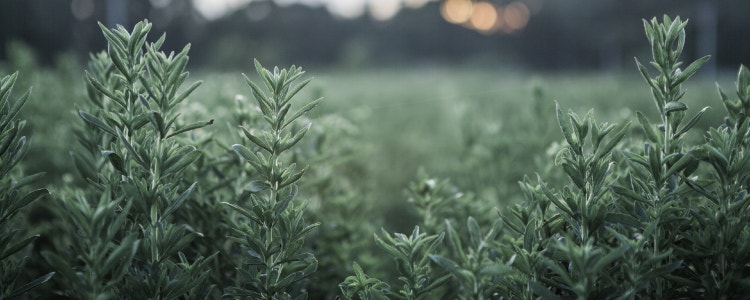
What is stevia?

Stevia is a plant native to South America. It is part of the sunflower family, and its leaves are naturally sweet. In fact, people have chewed stevia leaves for their sweet taste and used them to naturally sweeten beverages.
The leaves of the stevia plant contain sweet-tasting components, scientifically called steviol glycosides. To date, more than 70 steviol glycosides have been identified. Each steviol glycoside has its own unique taste profile, and sweetness intensity can be anywhere from 200 to 350 times sweeter than sugar — but without the calories sugar brings.
Stevia has been used for hundreds of years, and today, its use in foods and beverages is backed by science. There are now over 200 scientific research studies supporting the science and safety of high-purity stevia extracts used in foods and beverages.
Stevia leaf extracts
The form of stevia found in today’s foods and beverages is generally high-purity stevia leaf extract, which is a purified form of stevia extract that has been evaluated and approved by major regulatory agencies around the world. Purified stevia leaf extracts can contain one steviol glycoside or several different glycosides. High-purity stevia leaf extract is a versatile sweetening ingredient for foods and beverages and offers consumers and food and beverage manufacturers a great option for natural-origin sweetness without the calories.
Crude stevia extracts and/or whole stevia plant leaves are sold as dietary supplements in some countries, but it is important to note that only high-purity stevia leaf extract has been evaluated and approved for use as an ingredient in foods and beverages by the world’s major regulatory agencies. Throughout this website, we will refer to high-purity stevia leaf extract simply as stevia.
More and more food and beverage companies are using stevia to help create great-tasting products with less sugar and fewer total calories. As a result, you may see a reduction in sugar and total calories per serving. On the ingredient label, stevia may be listed in different ways: stevia, stevia extract, rebaudioside A, Reb M, steviol glycosides and other variations depending on the country and the manufacturer. Stevia can be found in more than 40,000 foods and beverages around the globe today, including juices, waters, soft drinks, flavoured milks, yogurts, baked goods, cereals, salad dressings, sauces, confections, tabletop sweeteners and more. The powerful combination of a zero-calorie sweetener with a plant-based origin makes stevia distinct in the food and beverage world.
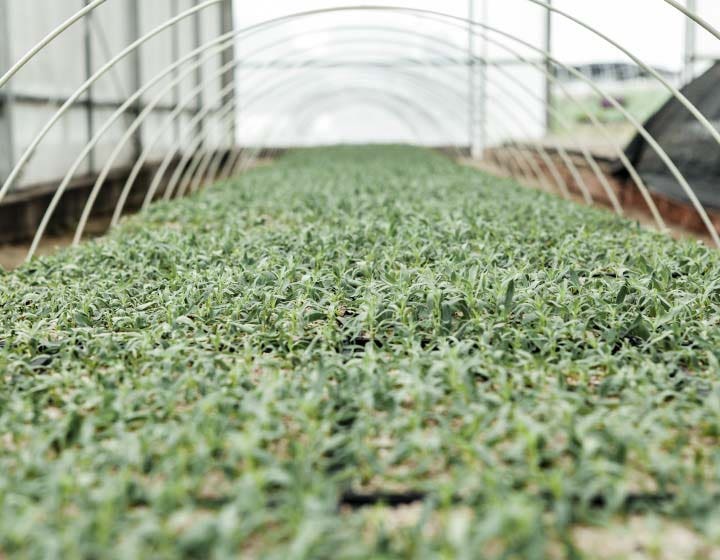
How is stevia made?
To release the sweetness, the steviol glycosides are extracted and purified from the stevia leaf, like other ingredients you may commonly use, such as sucrose (sugar) from sugarcane or natural vanilla extract from the vanilla bean. At the end of the extraction and purification process, the sweet components are the exact same compounds as the ones originally found in the leaf. This process produces high-purity stevia leaf extract, which meets the specifications approved by major regulatory bodies for use in foods and beverages around the world.
Frequently asked questions
What is stevia?
Stevia is a small, leafy plant that was first discovered more than 200 years ago in South America. The leaves of the stevia plant are naturally sweet. Today, the sweetness of stevia is extracted and purified into high purity stevia leaf extract and used in foods and beverages around the world.
What is stevia leaf extract?
Stevia leaf extract is a plant extract made from the stevia plant. The leaves of the stevia plant are harvested, dried and then the sweet components of the plant are extracted and purified per regulatory standards. Stevia can be up to 350 times sweeter than sugar and can be used to maintain the sweet taste in food and beverage products without the calories.
What makes stevia sweet?
Stevia’s sweetness, and the sweetness of stevia leaf extract, comes from the sweet molecules within the leaf called steviol glycosides. Steviol glycosides each have a different taste profile and sweetness level.
Is stevia natural?
Stevia is a plant. It grows in soil and requires plenty of sunlight and consistent water to produce a profitable crop for farmers. Stevia is processed for use in a manner similar to how plant-based ingredients like sugar or vanilla extract are made. After this process, the molecules in stevia leaf extract are the same molecules that were found in the original leaf.
To date, there is no single, universal definition around the world for the term “natural,” or in many cases, there is simply no definition, as is the case in the United States. Given this, stevia is most appropriately referred to as a natural origin sweetener because it arises from the leaves of the stevia plant.
Is stevia safe?
More than 200 studies have attested to the safety of high purity stevia extract for all members of the family, including pregnant women and people with diabetes. Multiple major global regulatory organisations have determined stevia is safe. It is approved as a sweetener in major markets worldwide, including more than 65 countries.
Is stevia healthy?
Stevia is a non-nutritive sweetener, meaning it does not provide any calories or nutrients to your diet. It can be one tool in the toolbox for cutting calories from your daily diet without affecting blood sugar or insulin levels. Plus, it is safe for people with diabetes and has been shown to be tooth friendly.
Where does stevia come from?
Stevia is mainly grown in Paraguay, Kenya, Zambia, China and the United States. As increasing volumes of stevia are in demand by consumers, the stevia plant is also now grown in Vietnam, Brazil, India, Argentina and Colombia among other countries.
How is stevia made?
To release the sweetness, the steviol glycosides are extracted and purified from the stevia leaf, like other ingredients you may commonly use, such as sucrose (sugar) from sugarcane or natural vanilla extract from the vanilla bean. At the end of the extraction and purification process, the sweet components are the exact same compounds as the ones originally found in the leaf. This process produces high-purity stevia leaf extract, which meets the specifications approved by major regulatory bodies for use in foods and beverages around the world.
Where can I find it?
In the last five years, there have been more than 40,000 food and beverage products which use stevia as an ingredient. This includes table-top sweeteners for baking as well as other everyday items. To see if a product is made with stevia, check the ingredient label for: stevia, stevia extract, stevia leaf extract, rebaudioside M, Reb M or steviol glycosides.
Other stevia science and research
Connect with PureCircle™ by Ingredion
Interested in learning more about PureCircleTM, stevia and the latest stevia leaf ingredients? Please contact us to help inspire your next sweet creation.



